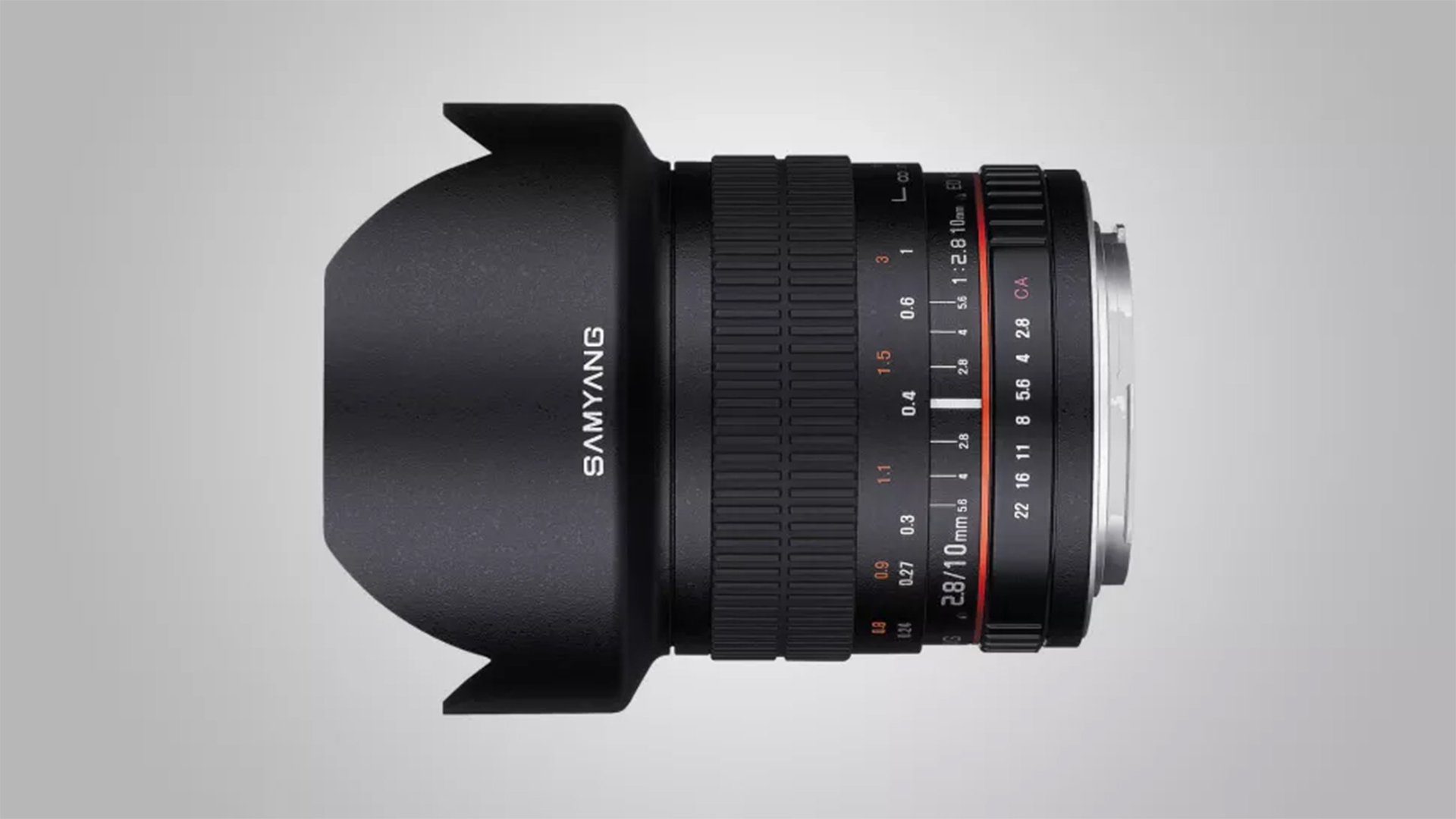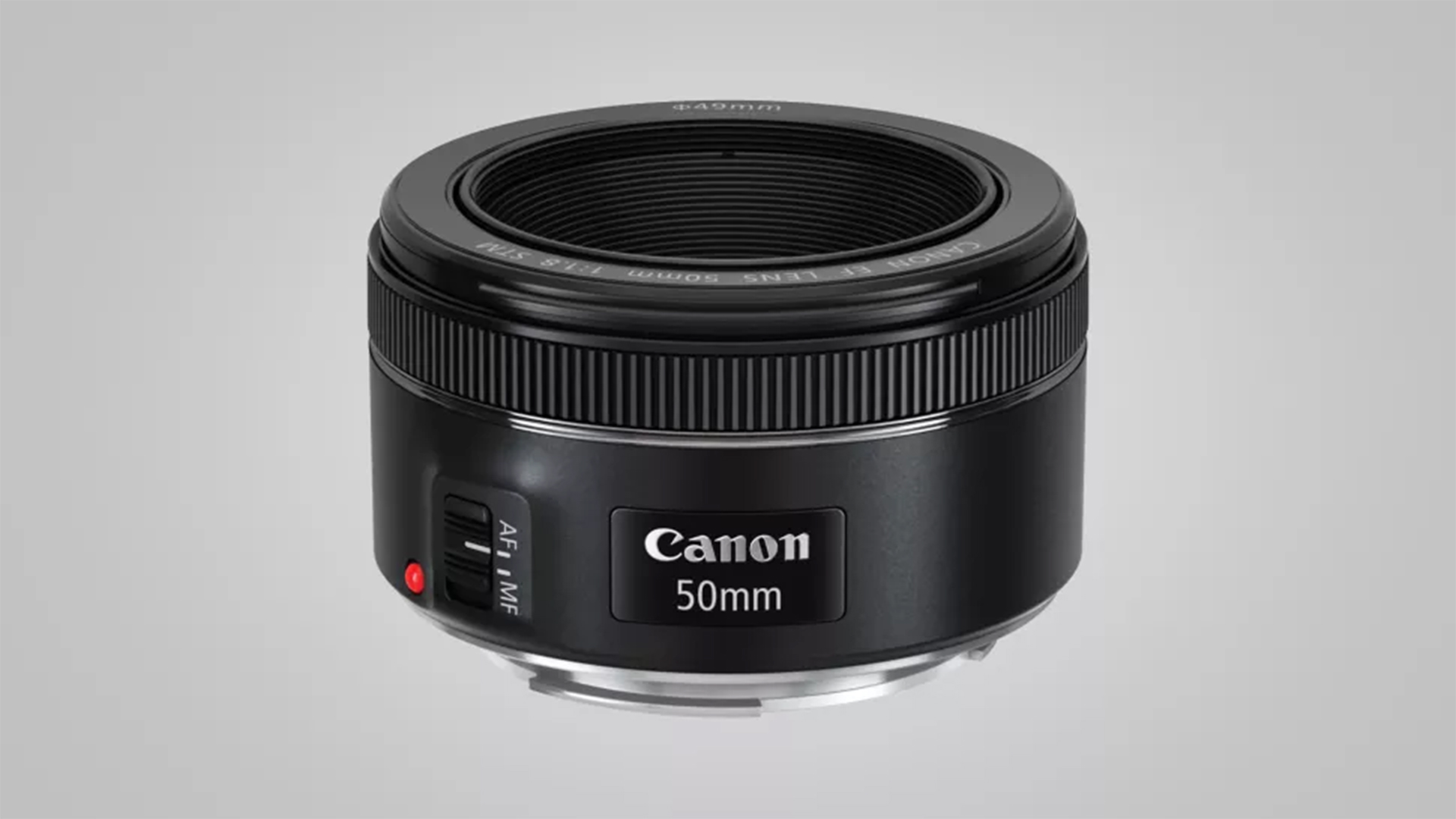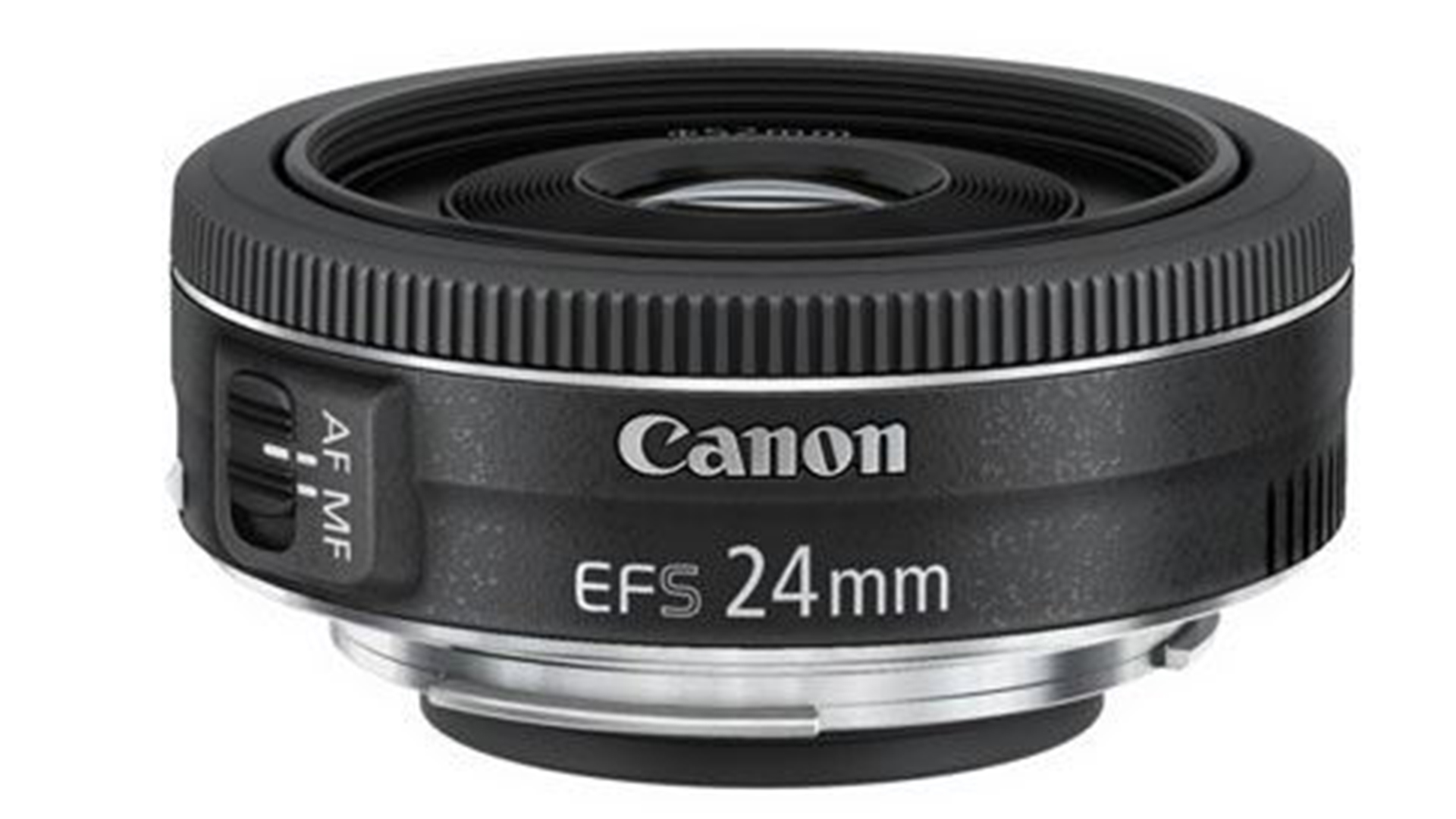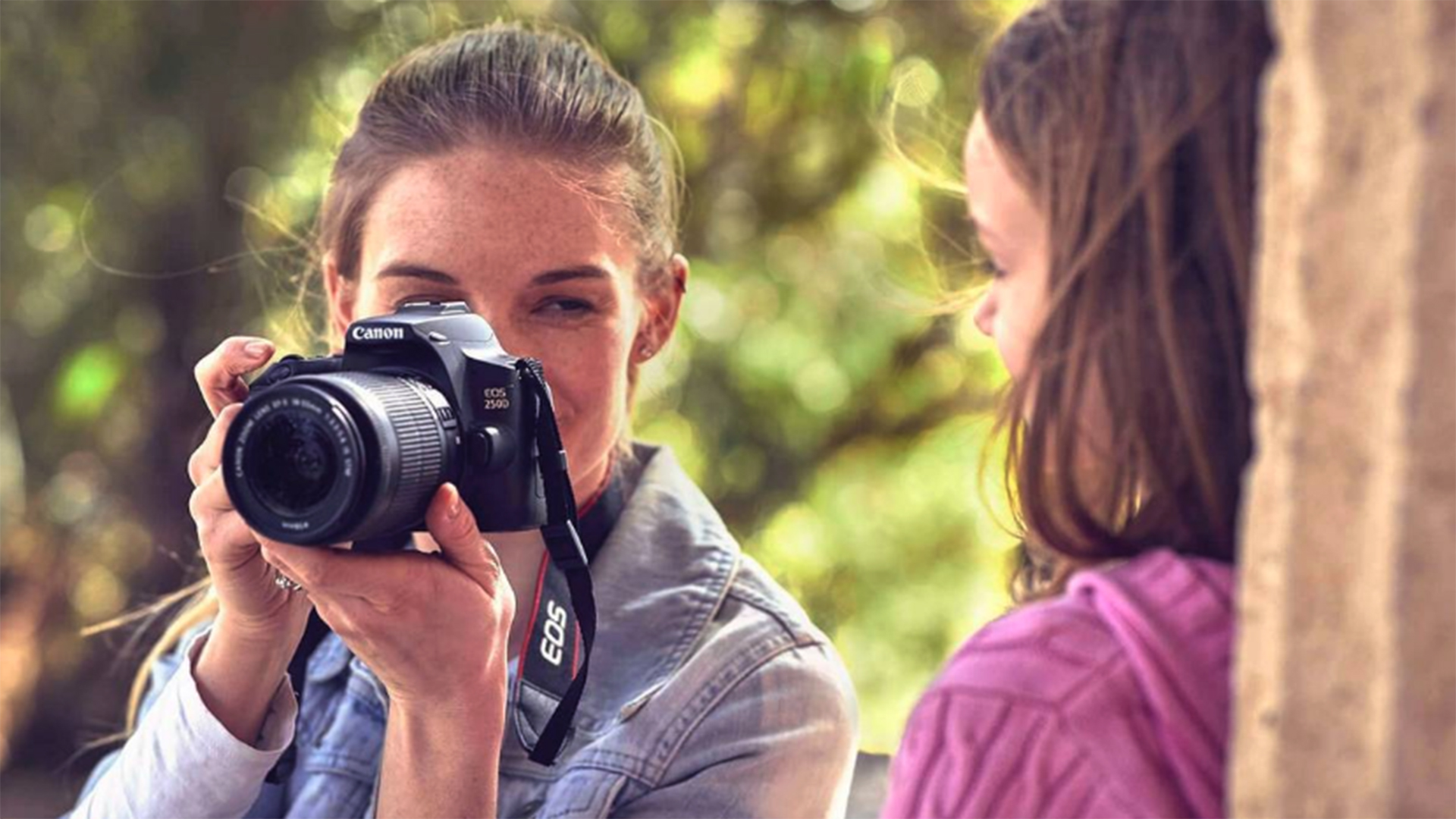Cheap Canon lenses are a great way to expand your photography abilities without splashing out on a new camera. From DSLR to mirrorless there are lots of options with telephoto, macro and wide-angle lenses to name just a few. However, picking them up and getting the right lens is a tricky business, especially as you want to get maximum performance for the lowest price possible.
So do you go for Canon lenses or third party options? Do you buy all new, or should you dip into the second-hand and used lens markets? There are plenty to pick from for your DSLR, but you may need an adapter to get the most out of your mirrorless camera, so you should factor that into your price too. Read on to find out all you need to know about getting the best cheap Canon lenses.
What type of lens mount does Canon use?
Canon DSLR cameras typically use the EF (electro focus) mount. This was the one that first got introduced way back in 1987, so you can imagine how many options there are, including plenty of affordable second hand glass.
While these work fine on a smaller APS-C Canon, they won't do the job on a full-frame camera. For a full-frame Canon you'll be looking for an EF-S lens. This naming style changes for third parties though. Sigma uses DC for APS-C Canon cameras and DG for full-frame. Tamron uses Di-II for APS-C and Di for full-frame.
Best Canon lens retailers
Get more in shot using a cheap Canon wide-angle lens

Samyang is a great name when it comes to third-party Canon lenses that offer you great quality and performance without a super steep price tag. In the case of wide-angle lenses, specifically, there is a really great option in the Samyang 10mm f/2.8 ED AS NCS CS for APS-C DSLR cameras.
So how can you save money by going for this prime wide-angle lens? In this case it means doing away with autofocus and onboard image stabilization. So if you're not into manual focus this might not be for you, but if you like to keep control of your shots then this is a great way to hone your talent while saving a few bucks at the same time.
Get zoom with an affordable Canon lens alternative

If you want all the powers of a superzoom lens then you're probably already aware it's going to cost you. But it doesn't have to be a massive charge for that extra glass if you go for a third-party option. Tamron makes a superzoom lens which keeps the price relatively low while still offering all the zoom you could want.
From snapping animals out in nature to getting sport cropped perfectly, a superzoom is a great option, presuming you've got the space in your camera bag and the budget in your wallet.
You'll save money by going for an f/4 over an f/2.4 option here so that's worth looking out for if aperture performance isn't a big need for you.
The Tamron 16-300mm f/3.5-6.3 Di II VC PZD Macro keeps the price low while still offering a wider maximum viewing angle at 16mm compared with the usual 18mm you'll find elsewhere. This actually outperforms the similarly priced Canon which is now a very dated option.
Another thing worth noting here, for the money, is this is macro rated too meaning it's got such a wide range you could get away with this on its own rather than buying dedicated macro and zoom lenses separately.
Get background blur on a budget

You don't need to break the bank to get yourself a high-quality finish to your photos. By that we mean the background blur bokeh effect that is well sought after and even digitally added in on smartphones these days. Getting this on a camera has an even more powerful effect.
The subject is rendered clearly, standing out from the background with a clear, bright and dynamic finish – if you get the right lens. Thankfully you can grab a great portrait lens for the job from Canon itself, without costing you too much.
The Canon EF 50mm f/1.8 STM, despite the price, offers both manual and autofocus, a max aperture of f/1.8 and is APS-C friendly. That does mean you don't get things like a weather seal or image stabilizer but at this price we wouldn't expect that to be honest.
Go mobile with a Canon pancake lens

One way to keep costs low while expanding your lens lineup is to go for a pancake lens. This is a great option for those that want to keep their kit to a minimum for portability. This not only makes more space in your camera bag but also allows you to shoot more discreetly than larger lenses thanks to both its size and silent running. It does this while offering you a more natural perspective like that of the human eye.
A great low-light friendly option is Canon's own Canon EF-S 24mm f/2.8 STM lens. This keeps the price down but still gets you depth of field control, great low light performance, quiet running ideal for video and close-subject access with high resistance to flare and color fringing.
Should you buy used?
That's the question, especially if you're looking to save money. If you're buying used, especially online where you can't actually see the lens before you purchase it, then you need to make sure you can return the item for a full refund. Store credit is all well and good, but if you buy a lens you can't use and you return it for credit... there's no guarantee that the store will get another lens in that meets your requirements, and you may need to buy it elsewhere.
Most stores offer 30-day moneyback guarantees. We like B&H Photo and Amazon for buying Canon lenses, either used or new. There are local camera retailers per state that will allow you to go in and actually see the lenses before you buy, but they don't always have the best prices.

